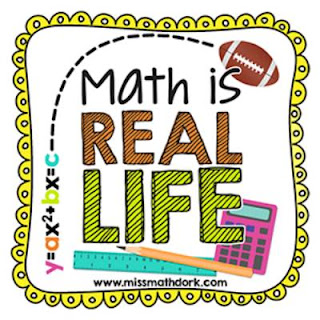This time, I'm making pork roast, noodles, and gravy. Even my 16-month-old and picky-eater-husband love it! Even better: There are few ingredients and dishes to clean up after the prep.
Ingredients:
2 cans Cream of Mushroom Condensed soup
*1 packet brown gravy + 1 beef bouillon + 1 soup can of water cube OR 1 can condensed French Onion Soup
**1-3 tablespoons cornstarch
1/4 cup water
**1-3 tablespoons cornstarch
1/4 cup water
3 pound pork roast
Whole wheat egg noodles or mashed potatoes
*I have used both. Here's the difference:
Second:
Cook on low for 6-8 hours or high for 4-6.
Third:
Remove pork and let it rest on a cutting board or plate. Mine is almost so tender that I don't need a knife to cut it!
Fourth:
Turn the slow cooker on high, put the lid back on, and let it get good and hot while you start the water for the noodles or potatoes. After the cooker is hot, add the cornstarch and 1/4 cup water and stir until it's thickened to your desired consistency.
Finally:
Pour over noodles or potatoes and enjoy!
*I have used both. Here's the difference:
- The gravy + bouillon + water will give you a creamier texture and slightly saltier taste. **You will also need to add more cornstarch to the final gravy to make it thicker than you would if you use the French Onion
- The French Onion Soup adds a lot of onion chunks to the gravy. If you don't like onions in your gravy, you need to strain them out before making the gravy.
First:
In the slow cooker, mix together the soups OR gravy + bouillon + can of water (see above for how to choose between the two). Add the roast and flip a few times to make sure it's coated.
Do NOT add the 1/4 cup of water yet.
Second:
Cook on low for 6-8 hours or high for 4-6.
Third:
Remove pork and let it rest on a cutting board or plate. Mine is almost so tender that I don't need a knife to cut it!
Fourth:
Turn the slow cooker on high, put the lid back on, and let it get good and hot while you start the water for the noodles or potatoes. After the cooker is hot, add the cornstarch and 1/4 cup water and stir until it's thickened to your desired consistency.
Finally:
Pour over noodles or potatoes and enjoy!
Do you find your slow cooker to be a teacher savior? I'd love to hear how you use yours!



















